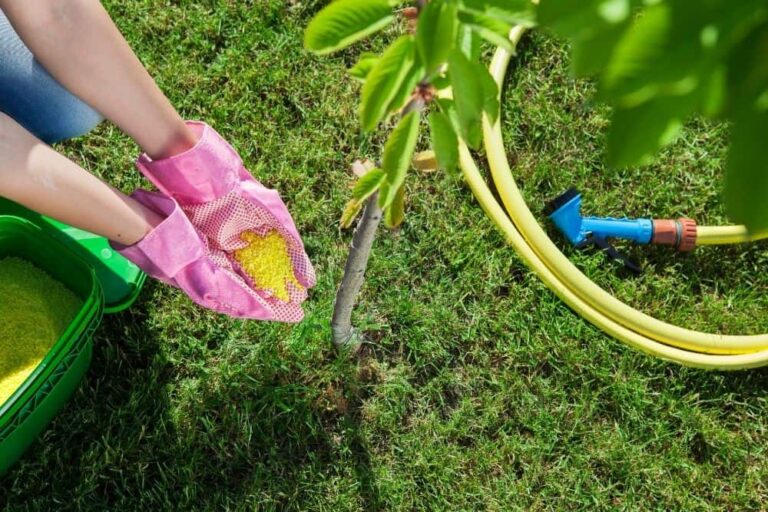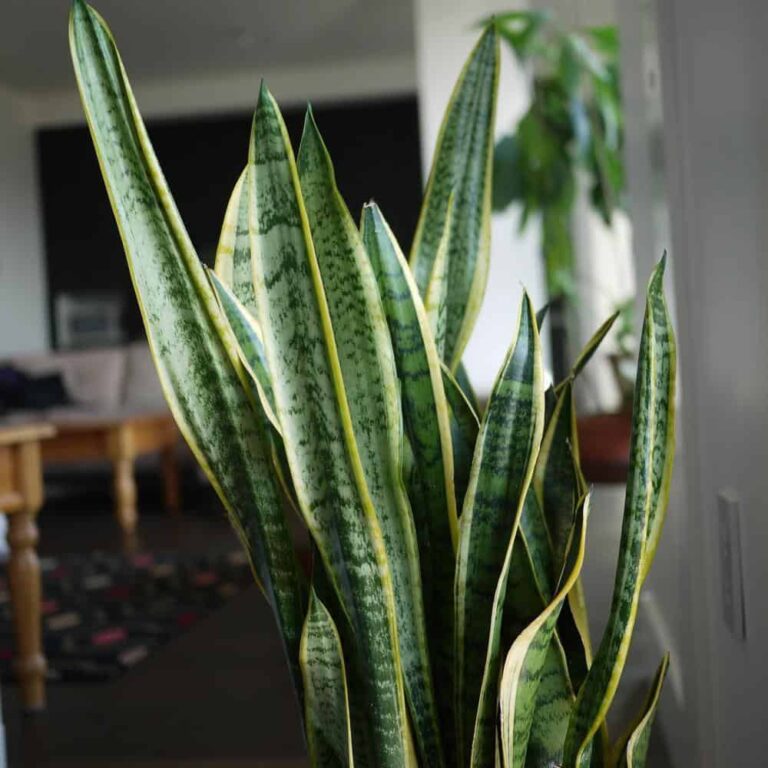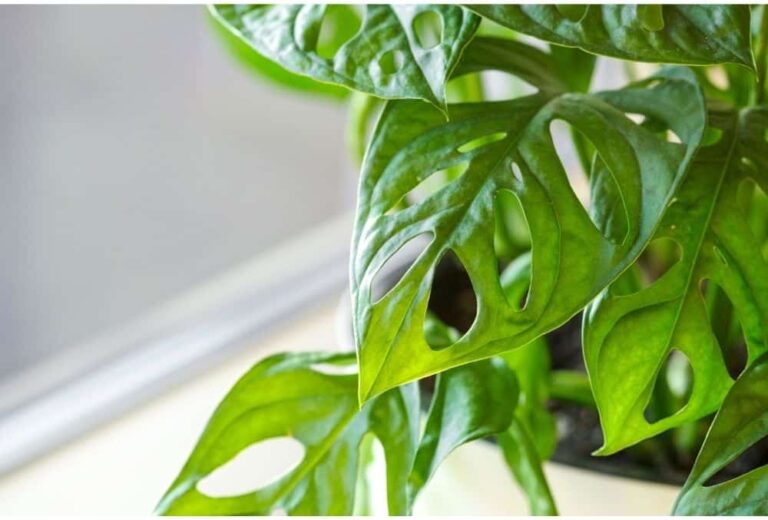How to Care for and Grow a Ponytail Palm
It may look like it comes from a world imagined by Dr. Seuss. However, the Ponytail Palm is also known as Beaucarnea recurvata or Bottle Palm. It can be found growing indigenously in the deserts of Texas and throughout Mexico. According to the book, High-Tech and Micropropagation (Springer, 1997), it was first cultivated as an ornamental plant in 1861 and was named in honor of Jean-Baptiste Beaucarne, a famous Belgian horticulturist.
Ponytail Palm Fast Facts
- The diminutive trees usually reach the height of 6 feet, feature an enlarged base and wispy or drooping, green blades that can grow to 40 inches in length.
- The Ponytail Palm is also known as an Elephant’s Foot because of the bark pattern on its gray bulbous trunk.
- The plant stores water in the swollen trunk base to thrive in dry, hot climates.
- The Ponytail plant despite its name is technically not a species of the palm nor is it even a tree. It a succulent and is a close relative of the agave plant.
- Well cared for ponytail palms will reward you with a fragrant bouquet of white or cream-colored blooms that crown the plant during the summer.
- According to the University of Florida you can expect your ponytail palm to begin blooming once it is mature, around ten-years-old.
- Ponytail Palms are very slow growing which makes them ideal for use as a houseplant. This is great news for those living in colder or wetter climates, as this plant requires a warm, arid climate to thrive.
- If you reside in an area that has less than average rainfall and warmer temperatures year-round, you can include these whimsical plants in your landscape decor or scatter them around your patio areas in containers.
7 Quick Tips for Potting Your Ponytail Palm
A happy ponytail palm is one that is cuddled tight into a container. However, if you want your tree to grow larger or if the plant has become overly root bound, here are a few tips that you should follow. For more information, you can head on over to YouTube and check out this informative video on repotting a ponytail palm from our friends at eHow Garden.
- Skip the potting soil and use cactus soil instead. This is essential because you need a much faster-draining mix that will keep the bulb or root system from rotting.
- Choose a container about two inches larger in diameter than your current container, with a drainage hole in the bottom and sides. Cover the holes with mesh or a coffee filter to keep the potting mix from seeping out.
- Use just enough potting soil so that the top of the plant’s root bulb is around 1 inch from the rim of the pot.
- Press the soil down with your hands, being careful not to pack it too tightly.
- You may need to add more soil after it has time to settle.
- You only need to repot your ponytail plant every two years, at the most.
How to Root a New Ponytail Palm
This vigorous plant produces shoots or side pups as a method of self-propagation. Wait until the palm matures, and use these pups to start a new plant. Ponytail shoots divide quickly from the mother plant and require a short period of rooting to produce heartier viable ponytail plants.
Divide ponytail palm shoots in the Spring by carefully excavating the soil from around the base to expose the connection. Using a clean and sharp knife, pry and then cut the pup away from the plant. Shoots that are 4 inches or longer make the best starters.
Use a cactus mix or mostly sand-based potting soil in a shallow container for rooting the plant. Place the clipped end into the soil. The experts at New Mexico University recommend adding a rooting hormone to help the process. Keep the soil lightly moist and allow the roots to grow for four weeks.
When ready to pot, the new plant should be placed, root-end, into a well-draining container filled with succulent or cactus soil. Keep the container in a warm, dry room in moderate sunlight. Mist the soil every few days.
How to Care for Your Ponytail Plant
The care instructions for the ponytail palm are pretty simple. The ponytail palm needs mostly dry soil. Therefore, it is best to keep them in moderate to full sunlight and mist the soil instead of watering. They thrive in tight containers, so it is good for them to become root-bound before you attempt to re-pot. You should fertilize two or three times per year, max —any more than that will cause the tips to turn brown.
Trimming Your Ponytail
Trimming can be done to remove leaves that have turned brown at the tips. The entire blade should be removed not just the tip. Don’t worry. A new one will quickly grow in its place. Pruning can be done to remove shoots or pups this will keep the plant lively. Use sharp scissors for trimming or pruning. Bear in mind that this plant is sensitive to injury and takes some time to heal, so only prune and cut when it is necessary.
Make a Three-Headed Plant or a Bonsai
You can create a bonsai ponytail plant by pruning plants that are around 6 inches tall. This will result in the production of more heads. Since this only works on very young plants, you should either use a plant you have grown from a pup or purchase a young plant.
Make curved cuts into the main trunk to force new growth. Keeping the plant in a warm and very dry throughout this process helps prevent rotting. Once the plant sends out a pup, it will form another distinct cap of foliage. Bonsai expert, Nigel Sauders explains the best method for pruning your bonsai ponytail palm on his YouTube channel.
Tips for Outdoor Care of Your Ponytail Plant
- If you live in a warm and dry climate like USDA zones 9 through 11, it is feasible to grow a ponytail palm outdoors. When properly planted, outdoor plants can grow up to 30 feet tall. You can also plant them in containers for patio decor.
- If you move an indoor plant to an outdoor location, be prepared for a delay in growth as it takes months to years for the plant to adjust. Try exposing the indoor plant to the outdoor light, gradually increasing the time, over several weeks.
- Overwatering is the biggest problem for ponytail palms. This can cause the root to rot. When this happens, the plant quickly dies.
- Growing ponytail palm outdoors requires well-drained soils. Use rocks or broken pottery shards in the base of the hole you are using to plant the palm. Use a soilless potting medium such as sand to plant in the ground.
A ponytail palm is a delightful resilient plant that is best grown inside, however, if the conditions are compatible can be a wonderful addition to outdoor landscape or patioscape as well. The plant care is more along the lines of tending to a cactus than a palm tree, so when watering, remember “less is best.” Mature plants put for beautiful white Summer blooms that are the crowning achievement of your excellent plant care.
Photo By Ulfl licensed under CC0
Also Read: Zamioculcas Zamiifolia



